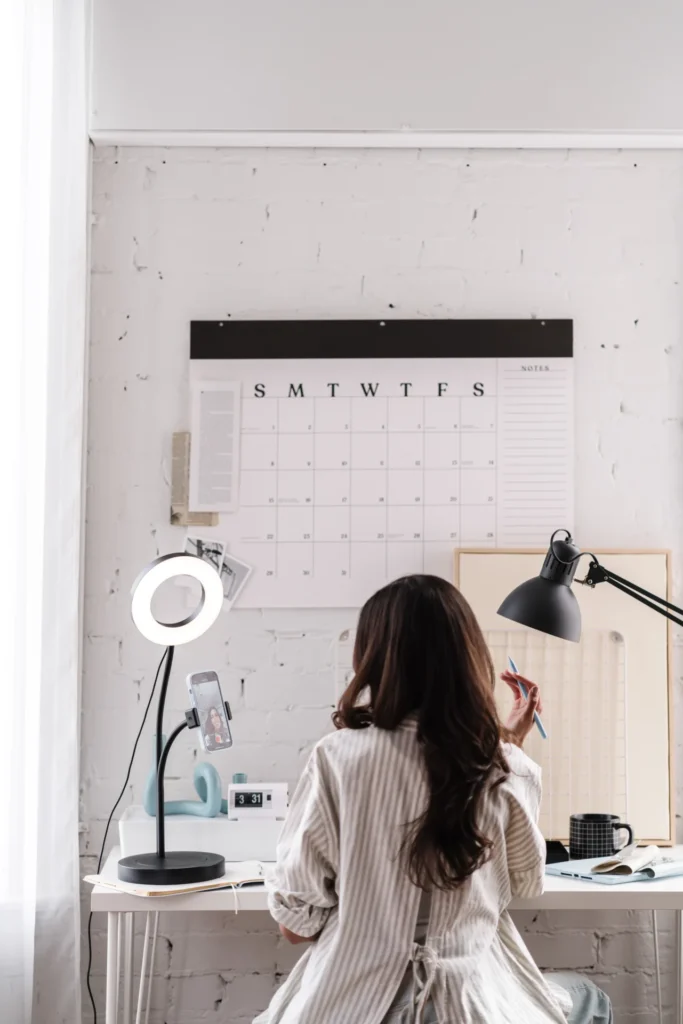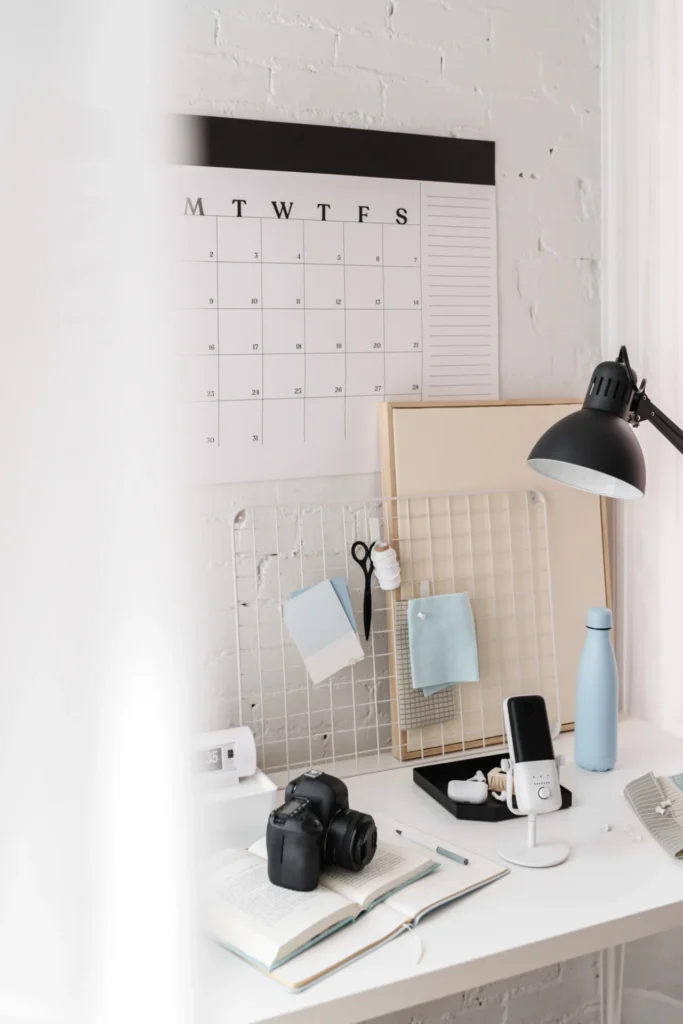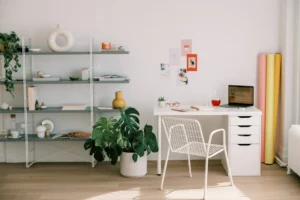Web designer job is a very exciting and rewarding career. You get to be creative, work with cutting edge technologies, and have a direct impact on how people use the internet. But it’s also a very competitive field that requires a lot of hard work and long hours. If you’ve decided that web design is for you, there are several steps to becoming successful.

A good web designer should have a strong foundation in the most popular design software
A good web designer should have a strong foundation in the most popular design software. These include Photoshop, Illustrator, InDesign and Dreamweaver (or its equivalent). Other programs such as Gimp or Sketch are also useful to know but not essential. The more you know about these programs and how they work together with HTML5 and CSS3 coding languages, the better equipped you’ll be to handle any task that comes your way.
Learn how to code
Learning how to code is an important step in your career as a web designer. It’s also not as hard as it sounds!
Coding is the language of computers, so if you can code, you can design websites. Code is the language of the web: every website has some kind of programming behind it that makes it work. If you want to be able to make things happen on your website (and who doesn’t?), knowing how to use HTML/CSS/JS will give you flexibility and control over every aspect of your site’s functionality.

Be flexible and adaptable
Being a web designer is no easy task. You have to be flexible and adaptable, able to work on a variety of projects under pressure and in a team, but also alone. The best designers are those who can jump from project to project with ease, taking their skills and knowledge with them wherever they go.
Work on your personal style
The first step to becoming a successful web designer is to develop your own personal style. You should be aware of what’s popular in web design, but don’t copy other designers’ styles. Instead, experiment with different types of designs and see what works best for you. It’s also important to be consistent with the look and feel of your site so that it feels familiar to visitors who return often–and don’t change it too much over time!

Web designer should learn how to work with clients, not just for them
You should also learn how to work with clients, not just for them. This means learning how to communicate with them and manage their expectations. It also means learning how to manage budgets and timelines as well as feedback from the client. The last thing you want is for your client relations to fall apart!
Make sure you have a backup plan
If you’re going to be a web designer, it’s important for you to have a backup plan. You never know when the website design business will slow down and you’ll need something else to do in your spare time.
One example of what could happen is that one of your clients decides not to pay his bill because he didn’t like how his website turned out. Or maybe another client left town without paying his bill because he felt like his site wasn’t worth what he paid for it (which is always sad).
In either case, having another job or task ready will help keep things running smoothly until things pick back up again–and give us Web Designers something fun and productive we can focus on when our main source of income becomes less reliable than usual!

Create a portfolio site and market it regularly
- Create a portfolio site and market it regularly.
- Make sure the portfolio site is accessible to everyone, as well as optimized for search engines.
- Include a contact form so that visitors can get in touch with you easily. Also include a blog where you can share your knowledge and experience with others in the field of web design by writing tutorials or even just keeping track of current trends in this area of expertise so that people know what’s going on in the industry right now (or at least what they should be looking out for).
- Include some kind of portfolio section on your website where clients can see samples of previous work – both completed projects as well as ongoing ones – along with descriptions explaining how these were done so they’ll know whether or not they’re interested in hiring someone like yourself based on this information alone! This could also lead into another idea: if possible try adding links directly below each item showing off its source code so people who view these items online will know exactly how much time went into creating them because most companies don’t include enough detail when sharing information about themselves online which makes it difficult sometimes separating fact from fiction when reading posts written by professionals like ourselves who have years’ worth knowledge under our belts already!
Web designer job is an exciting career that can be financially rewarding
Web design is a growing field that offers many opportunities, both freelance and in-house. If you’re good at it, web design can also be a great way to earn a living.
If you want to become successful web designers but aren’t sure where or how to begin your career, this article will help get you started on the right path.

Conclusion
If you love designing websites and want to make a career out of it, there are many ways you can go about doing so. The most important thing is to learn as much as possible about the craft before jumping into anything too quickly. Start with some basic courses on design software like Photoshop or Illustrator and web development languages like HTML and CSS; then move on to more advanced classes or online tutorials when those skills become second nature. Once they do–and only then!–it will be time for your first job interview! Remember: don’t forget about personal style while learning new techniques; that’s what makes each designer unique


